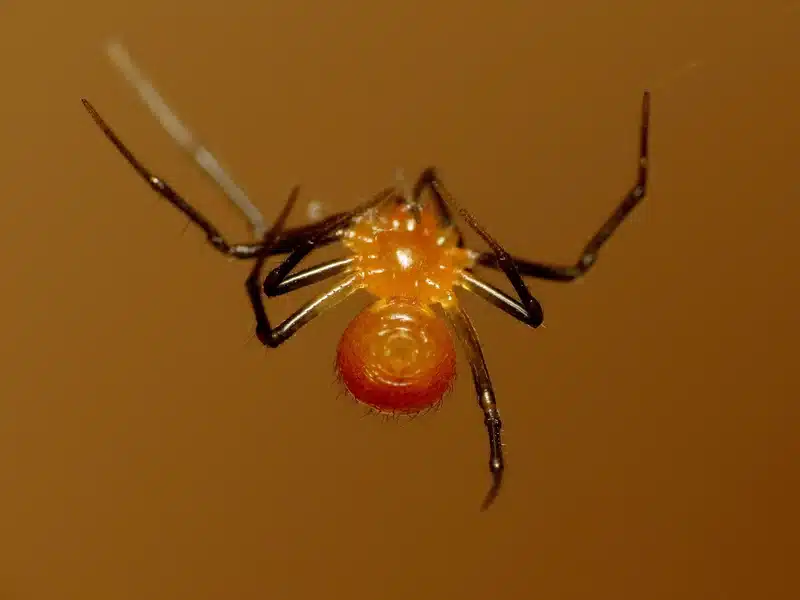Spotting tiny red bugs crawling on your windowsill? Those small red spiders are usually clover mites, not true spiders.
In my experience working in DC metro homes, these mites spike in spring and fall. They never bite but leave red stains when crushed.
Even though they’re called small red spiders, they’re not true spiders. To learn about real spiders, visit our Spiders resource.
Taxonomy & Identity of the Small Red Spider
According to the University of Florida Entomology & Nematology, clover mites (Bryobia praetiosa) are plant-feeding arachnids in the Tetranychidae family. All adults reproduce without mating, making large populations fast.
Physical Description & Field ID of the Small Red Spider
Virginia Tech VCE notes adults measure 0.75-0.85 mm long and their first legs can double in length. Bright red larvae turn brick-red or greenish-brown when fed. Their crushed bodies leave rusty-red stains on light surfaces, per the University of Maryland Extension.
Learn more on our What Are The Tiny Red Bugs? How to Spot & Treat Clover Mites page.
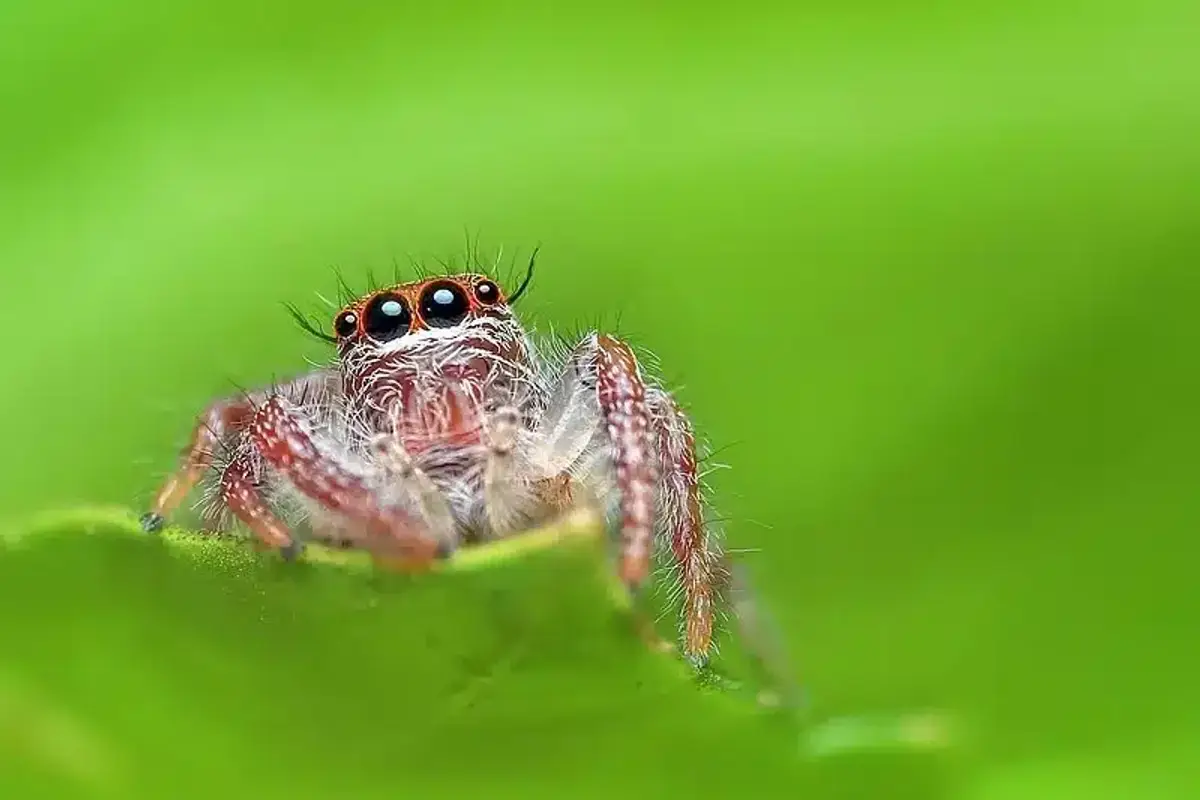
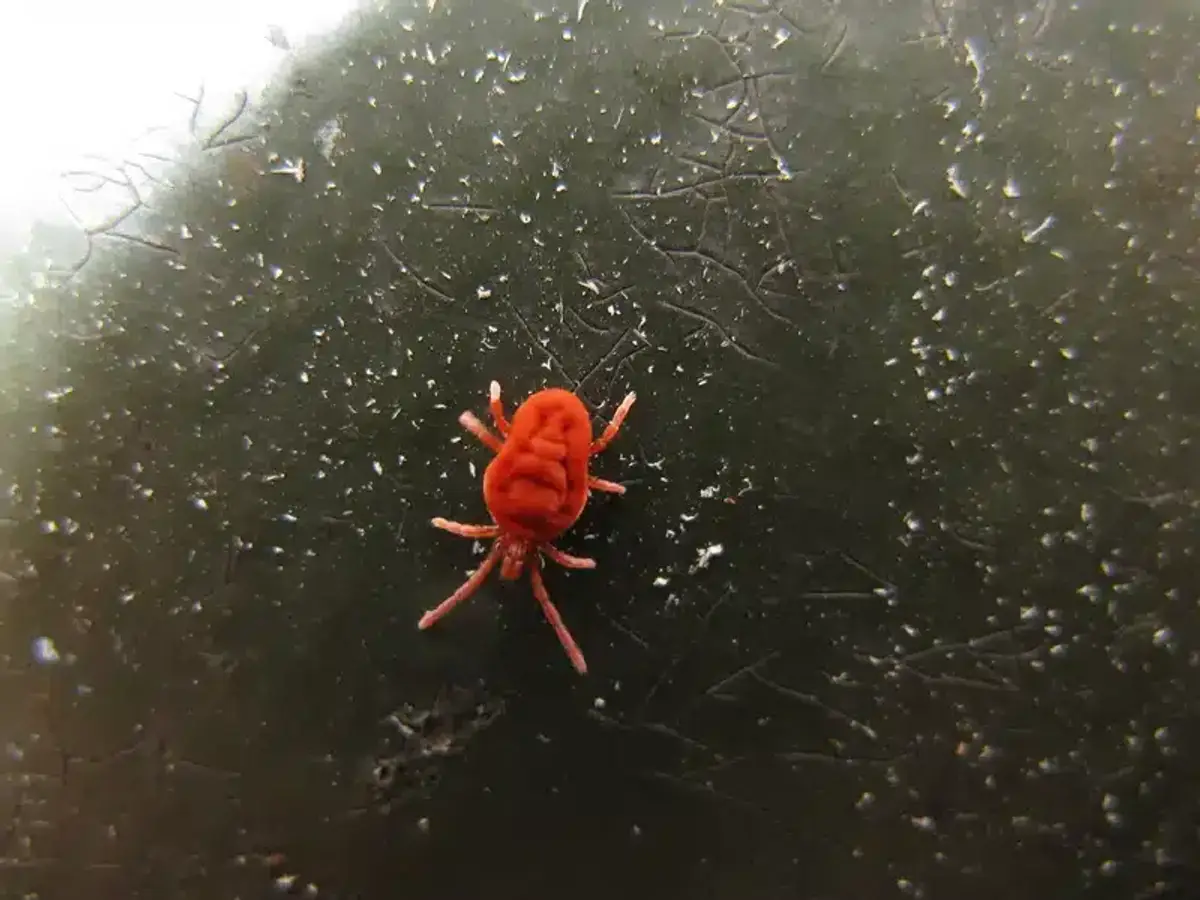

Life Cycle & Seasonal Phenology
Clover mites have two outdoor generations each year - spring and fall. They aestivate in summer and overwinter as eggs. Spring eggs hatch when soil temps rise above 45 degrees F; fall eggs hatch as temps drop below 85 degrees F in September.
Habitat & Host Range
These mites feed on cool-season turfgrasses, especially Kentucky bluegrass and tall fescue, plus clover and ornamentals. Outbreaks often follow heavy lawn fertilization, notes the University of Missouri Extension.
Behavior & Home Invasion
In early spring and fall, masses of mites climb sunny south and east walls seeking shelter. Additionally, window screens don’t block them; they slip through holes smaller than 0.2 mm. Indoors, they wander slowly, don’t reproduce, and dry out in days.
Plant & Structural Impact
On lawns, heavy feeding causes silvering or bronzing of grass blades. In homes, they’re just a nuisance with no risk of biting or disease.
Staining Alert
Crushed mites can stain light surfaces. Avoid crushing them on white walls, windowsills, or fabrics. Use a vacuum instead of wiping.
Monitoring & Diagnosis
Check sunny foundation turf in March-May and Sept-Nov for silvery grass and cast skins. Vacuum or press tape on mites indoors to confirm. Use clear tape or a white paper-covered vacuum canister. Red specks on tape or paper prove clover mites.
DIY Methods to Get Rid of Clover Mites and Red Bugs
Vacuum visible mites and toss the bag to prevent spread. Seal cracks around windows and doors with caulk or weatherstripping. Keep an 18-24 inch vegetation-free zone of mulch or stone against your foundation. Adjust lawn watering and fertilization.
Professional Treatments by Better Termite & Pest Control
Our licensed technicians start with an expert phone consultation-no phone trees, direct to an expert who maps your treatment plan. We inspect your home with our 78-point review, then apply non-repellent products like Essentria and Alpine around your foundation. Most small red spider infestations clear with one to two visits using perimeter sprays. Find local service in Arlington or Bethesda.
Integrated Pest Management Toolbox
- Maintain an 18-inch mulch or stone strip next to foundations.
- Vacuum indoors and seal entry cracks.
- Encourage natural predators in garden areas.
- Apply perimeter sprays like bifenthrin or cyfluthrin if needed.
Preventive Landscape Design to Prevent Future Infestations
Slope soil away from your foundation. Use hardscape or mulch within 2 feet of walls. Fertilize lawns in mid-autumn instead of early spring.
Small Red Spider vs. Red Spider Mite & Other Arachnids
Clover mites don’t spin webs. Two-spotted spider mites feed on plant leaves under fine silk webs, per the University of Minnesota Extension. Clover mites invade homes, while spider mites stay on plants. For more on arachnid differences, see Are Arachnids Insects? or Is a Spider a Bug?.
Case Study: Spring Clover Mite Spike in the DC Metro Area
In DC metro homes, I’ve seen windowsills covered with clover mites each spring. One customer wiped red stains off their patio and called us immediately. After a single exterior treatment, the infestation dropped by 90% within 48 hours. A second visit cleared the rest and the stains washed away.
Why Choose Better Termite & Pest Control
We’ve served DC area homes since 1968, now in our third generation of family management. Our team has over 300 years of combined experience. Our research team removed nine harsh chemicals from our arsenal. We choose only products we’d use in our own homes and send detailed “Know We Did” reports after every visit.
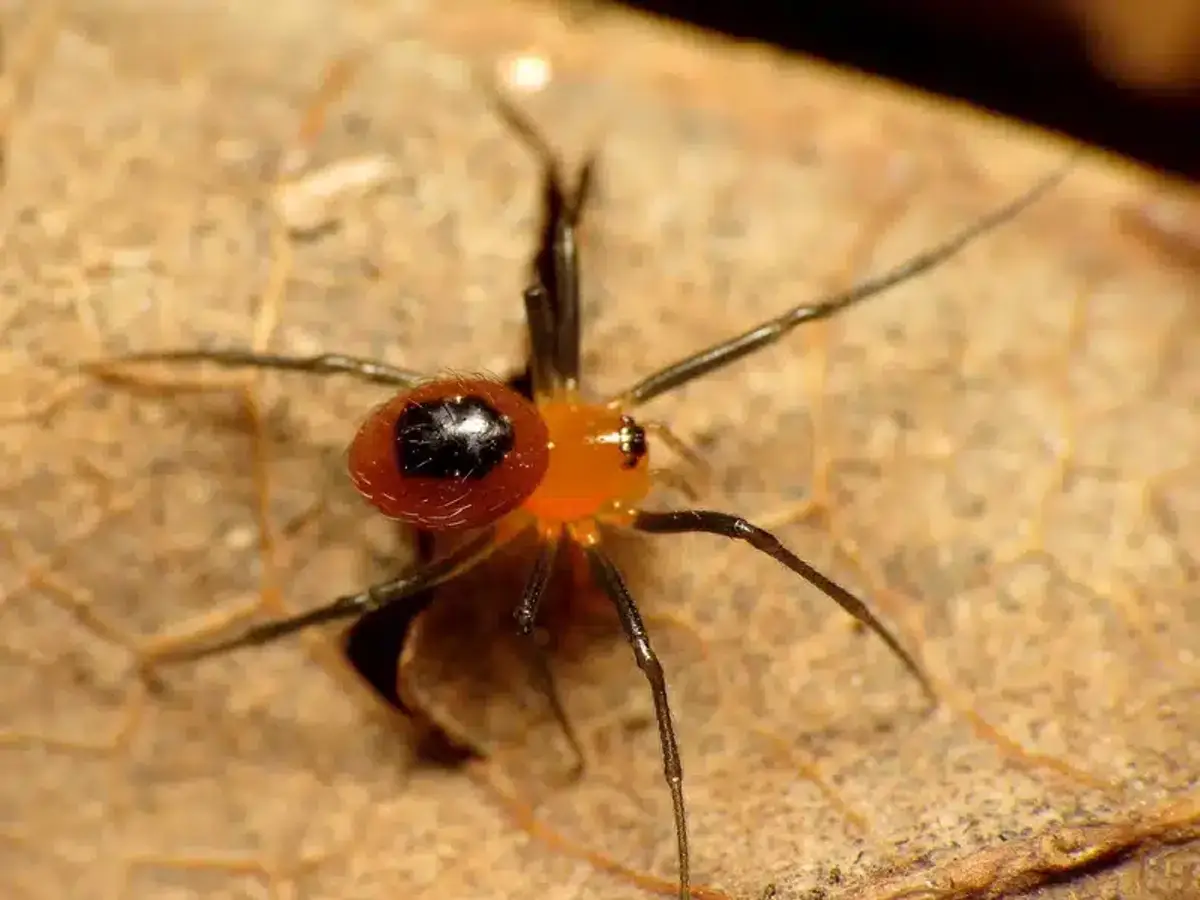
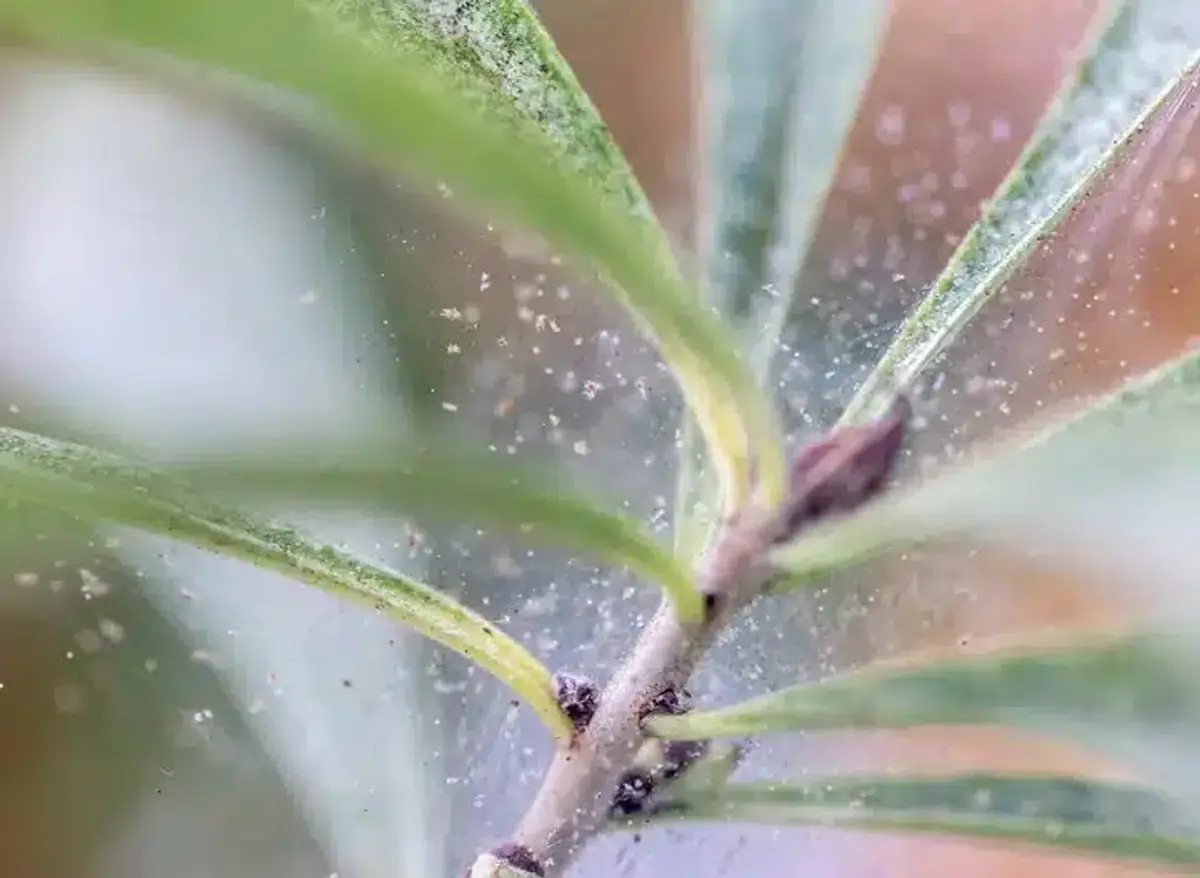

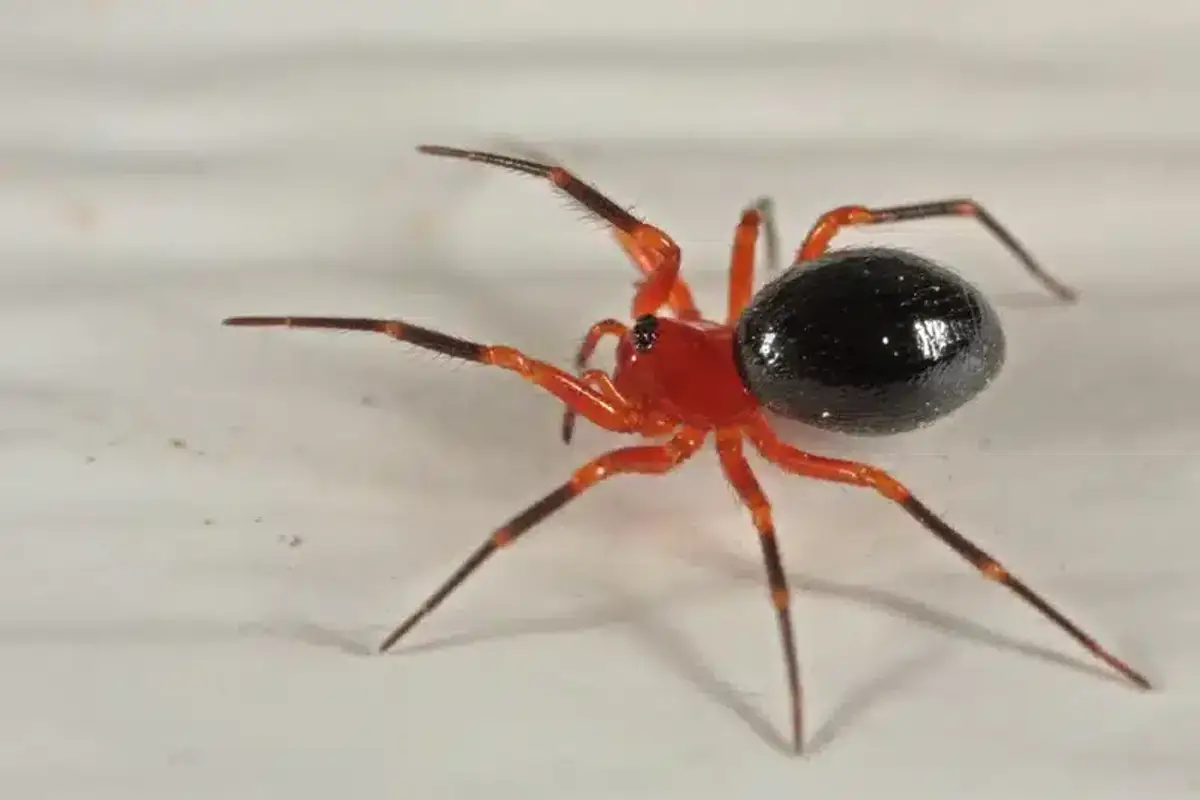
Frequently Asked Questions
What exactly are small red spiders in and around my house?
+
They're clover mites - plant-feeding arachnids that wander indoors in spring and fall. They don't bite or reproduce inside.
Why do I only see them on the sunny side of my home?
+
Clover mites migrate upward on warm, sun-exposed walls. They seek cool crevices to lay eggs or shelter.
Do small red spiders bite or pose any health risks?
+
No. Clover mites have no biting mouthparts and carry no diseases. They only stain surfaces if crushed.
How long will a small red spider infestation last?
+
Indoors, mites live only a few days and do not reproduce. Outdoor spikes last a few weeks, then drop off naturally.
Can I get rid of them naturally without pesticides?
+
Yes. Vacuuming, sealing cracks, and keeping vegetation away from foundations often stops them without chemicals.
What is the best way to clean red stains from crushed mites?
+
Use rubbing alcohol or a mild detergent on the stain as soon as possible. A soft cloth usually lifts the pigment.
How do I prevent small red spiders from returning?
+
Maintain an 18-24 inch plant-free zone, seal cracks, and consider seasonal perimeter treatments to block migrating mites.
Are small red spiders the same as red spider mites on houseplants?
+
No. Clover mites invade homes and don't spin webs. Two-spotted spider mites feed on leaf undersides and make fine silk sheets.
With five years of hands-on experience in the pest control industry, George Schulz is a registered technician with the Virginia Pest Management Association and a proud third-generation professional in a family business that's been protecting homes for over 57 years. He manages and trains a team of service pros while also leading internal research efforts—recently spearheading a deep-dive review of thousands of documents on pest control materials to hand-pick the most kid and pet friendly, most effective solutions tailored specifically for homes in the DC metro area.
